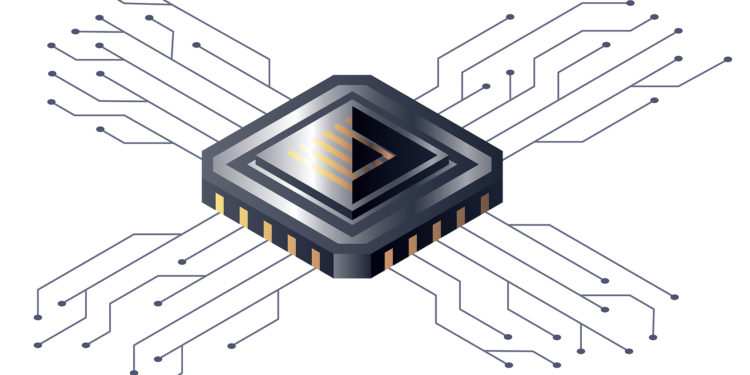The A16 chip is reportedly manufactured using the same process as the iPhone 13's A15 Bionic. Apple is saving a bigger performance jump for the M2 chip, which is intended for the next generation of Macs. In the meantime, the company is working on a "final" M1 chip variant that uses the A15's more powerful cores, according to the source known as "ShrimpApplePro."
In a thread on Twitter shared ShrimpApplePro got information from a "fairly reliable source" that supposedly reveals Apple's chip plans for the upcoming A16 and M2 chips, as well as the "final" variant of the M1 chip family. The A16, like the A14, A15, and M1 chips, will be based on TSMC's 5nm process. Previous reports have been unclear whether the A16 will be manufactured using TSMC's more advanced 4nm process. An ambiguous report from DigiTimes said that Apple plans to use TSMC's 4nm N4P process - but N4P is actually an improved version of the third generation 5nm process. ShrimpApplePro, on the other hand, claims that the A16 will use TSMC's N5P process. This suggests that the A16 could be a less extensive upgrade than previously thought. According to the information, the improvements to the A16 will come from minor improvements to the CPU, GPU and memory.
A16 chip to receive more energy-efficient memory
Citing a report from analyst Ming-Chi Kuo, ShrimpApplePro reports that the A16 will specifically feature LPDDR 5 memory. LPDDR 5 memory is up to one and a half times faster and up to 30 percent more energy efficient than the LPDDR 4X memory paired with the A15 chip in the iPhone 13 and iPhone 13 Pro. The M2 chip will apparently be the first Apple chip to make the jump to TSMC's 3nm process, skipping 4nm entirely. It is believed that the M2 will be Apple's first custom ARMv9 processor. Cupertino is also reportedly working on the "final M1 series SoC," which features updated cores. The M1, M1 Pro, M1 Max, and M1 Ultra chips use energy-efficient "Icestorm" cores and high-performance "Firestorm" cores - just like the A14 Bionic chip. Apple's latest M1 variant will instead reportedly be based on the A15 Bionic, which features energy-efficient "Blizzard" cores and high-performance "Avalanche" cores.
The latest version of the M1 chip: Which Mac will benefit from it?
This last chip in the M1 family could be used in the next-generation Mac Pro, which Apple explicitly announced in the spring. Apple's most powerful chip currently is the M1 Ultra, which is practically a doubled version of the M1 Max with a 20-core CPU and a 64-core GPU. It is believed that Apple is working on a chip even more powerful than the M1 Ultra with the first Apple Silicon Mac Pro. The M1 Ultra in the Mac Studio is already faster than the 28W Intel Xeon chip, so the Mac Pro will have to feature an even more extreme jump in performance.
Autumn remains exciting
If it's not for the Mac Pro, this new chip could also be a variant of the standard M1 chip. Kuo said earlier this year that the 2022 MacBook Air will keep the M1 chip and not come with the M2. So it's possible that ShrimpApplePro's rumor refers to the entry-level M1 chip rather than the top-of-the-line M1 variant in the Apple Silicon-powered Mac Pro, or something else entirely. If Apple offers devices with a version of the standard M1 chip, that could help buy time before Macs with the M2 chip arrive. (Photo by Designer_things / Bigstockphoto)





